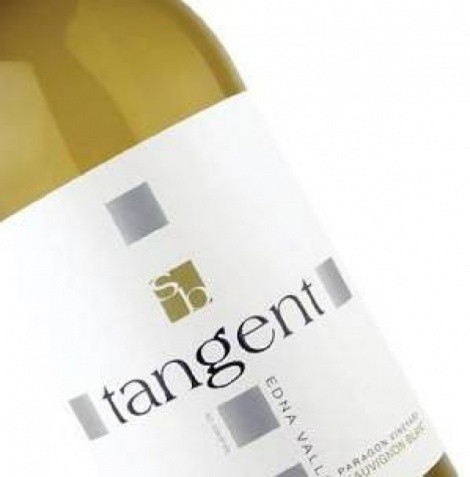
There’s you. There’s food. There’s wine.
It’s a love triangle, really, spawning
an interdependency that happens for
good reasons. It is very basic yet spectacular.
Beginning with ourselves—or, more
specifically, our mouths—our basic taste
sensations are sweet, sour, salty and bitter.
A fifth taste sensation, umami, should
also be mentioned. Umami is a Japanese
term referring to a sort of transcendent
savoriness found in foods such as parmesan
cheese, sea urchin and soy sauce,
and a subject meriting its own discussion
another time.
Other tactile sensations consist of such
things as weight, astringency and spiciness,
as well as the spectrum of temperatures
cold to hot.
So, there is you and the food. The taste
triangle becomes complete, however, when
wine enters the picture. It’s amazing that
our own basic taste sensations, to a large
extent, occur naturally in wine and represent
its essential makeup.
Sweetness in wine is referred to as residual sugar—residual, because not all of the grape sugar has been converted to alcohol via fermentation. Wines with varying degrees of sweetness can match nicely with a sweetish dish as long as the wine is slightly sweeter, or can contrast with salty or spicy offerings.
Sourness in wine refers to its acidity, which makes wine refreshing. A fair amount of acidity in wine is great alongside dishes with similar amounts of tartness, and can cut through the oily and rich components of many foods.
Saltiness, usually undetectable in wine,
obviously occurs to various degrees in
food. The acid component in wine cuts
through saltier food preparations, and is
refreshing.
Bitterness usually refers to a wine’s level of tannin, which comes from the skins, seeds and stalks of the grapes, as well oak barrels used in production. Tannin is actually detected as a tactile, astringent sensation. A wine’s bitter and astringent tannin stands up against— and at the same time is softened by— dishes with fat and heaviness.

At wine’s very core are components that
mirror our basic taste perceptions and,
when food is involved, it all comes together.
Thus, the triangle: us, our food, and our
wine. Yet, it is wine that allows the necessity
of sustenance to become one of life’s
greatest pleasures.
Here are some interesting food and
wine pairings to play with:
Spicy pad thai: Dr. Loosen “Dr. L”
Riesling ’08, Mosel, Germany, ($12.23). A
touch of sweetness offsets the dish’s spicy
heat, which is also not exacerbated by the
lower relative alcohol.
Heirloom tomato salad with Kalamata
olives and chevre crostini: Tangent
Sauvignon Blanc ’07, Edna Valley, Calif.,
($12.99). Tart herbal raciness matches the
tomatoes and goat cheese, while cutting
through the salty olive notes.
Grilled lamb chops topped with
Gorgonzola compound butter: Ruffino
Modus ’05, Tuscany, Italy, ($24.95). A
somewhat tannic backbone cuts through
the fat, and the earthy wine flavors are at
home with the flavors of the grill.
Braised beef shortribs: Marietta
Zinfandel ’07, Sonoma, Calif., ($18.99).
Big alcohol matches up with a beefy braise;
fall is just around the
corner.
Gus Magann is a partner at Vine Lore, Inc.